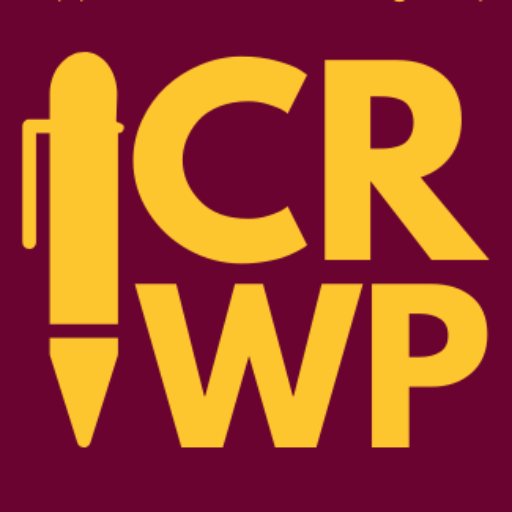
Writing with cell phones and computers.
Writing about bodily functions and war.
Writing multigenre digital media projects.
This is how Fulton Middle School language arts teacher Jeremy Hyler gets 7th and 8th grade boys to enjoy reading and writing in his classroom.
According to Hyler, successfully motivating boys to write means giving them plenty of choices.
“Young adolescent boys are not given enough choices when it comes to reading and writing. I allow my boy students to write about murder, burping, farting, war, etc. I also give them different media to express their ideas, too, such as Wikispaces, Google Docs, Edmodo, Cel.ly, Glogster, Animoto, Toondoo and other 21st century tools” explains Hyler.
“If you don’t allow them to use technology, you will lose boys rather quickly. There are few adolescent boys who actually want to put a pencil in their hand and write on a piece of paper.”
Hyler describes reading as an important companion to writing, especially for boys, and allows his students ample opportunities to read and write about activities they are interested in.
To increase motivation, Hyler also focuses on his students’ writing as a whole, rather than just in terms of structure or surface errors. “I really focus on the positives in their writing to make them confident,” he says.
He also gives students plenty of opportunity to write every day using technology as way to further student engagement in more traditional literacy practices. For example, Hyler’s students use Glogster to create multimedia posters based on themes and characters from novels. They log in to Celly and Google Docs to create daily journal entries, store writing portfolios, and draft essays for peer and teacher review. Students complete multigenre research projects on topics of their choice using a wide range of technological tools. This year Hyler is adding two new technology tools to his students’ digital literacy repertoire: Animoto for digital storytelling and Edmodo for discussion posts.
But technology should not be used for its own sake, notes Hyler: “First and foremost, my students write every day in my classroom, and I write with them. I journal with my students and share with them what my mental process is as I write. They need to see how my writing process works as a model.”
For teachers who would like to learn more about using digital technology in their classrooms, Hyler suggests the National Writing Project’s web source Digital Is. The site contains collections of digital resources, created and posted by teachers, which can be adapted for classroom use, including Hyler’s own resource site on using multimedia and multigenre writing.
“As educators, we need to be open to different types of writing and be willing to call text messages, Facebook comments, tweets, blogs and comic strips writing,” says Hyler, who is currently writing his own adolescent fiction novel.
For teachers interested in learning more about how to motivate reluctant writers, Hyler suggests Ralph Fletcher’s book Boy Writer: Reclaiming Their Voices. This year, Hyler is forming a lunchtime writing club for boys, which he hopes will motivate more of his students to enjoy writing.
“Boys, in general, aren’t always comfortable sharing their writing with their classmates,” he explains.
“Bottom line—it is about giving the boys choices, and making them feel comfortable and confident in their writing.”
You can follow Jeremy’s blog, Jeremy Hyler 40, and his tweets @Jeremybballer
This article was authored by Karen Horwath.

Leave a Reply
You must be logged in to post a comment.